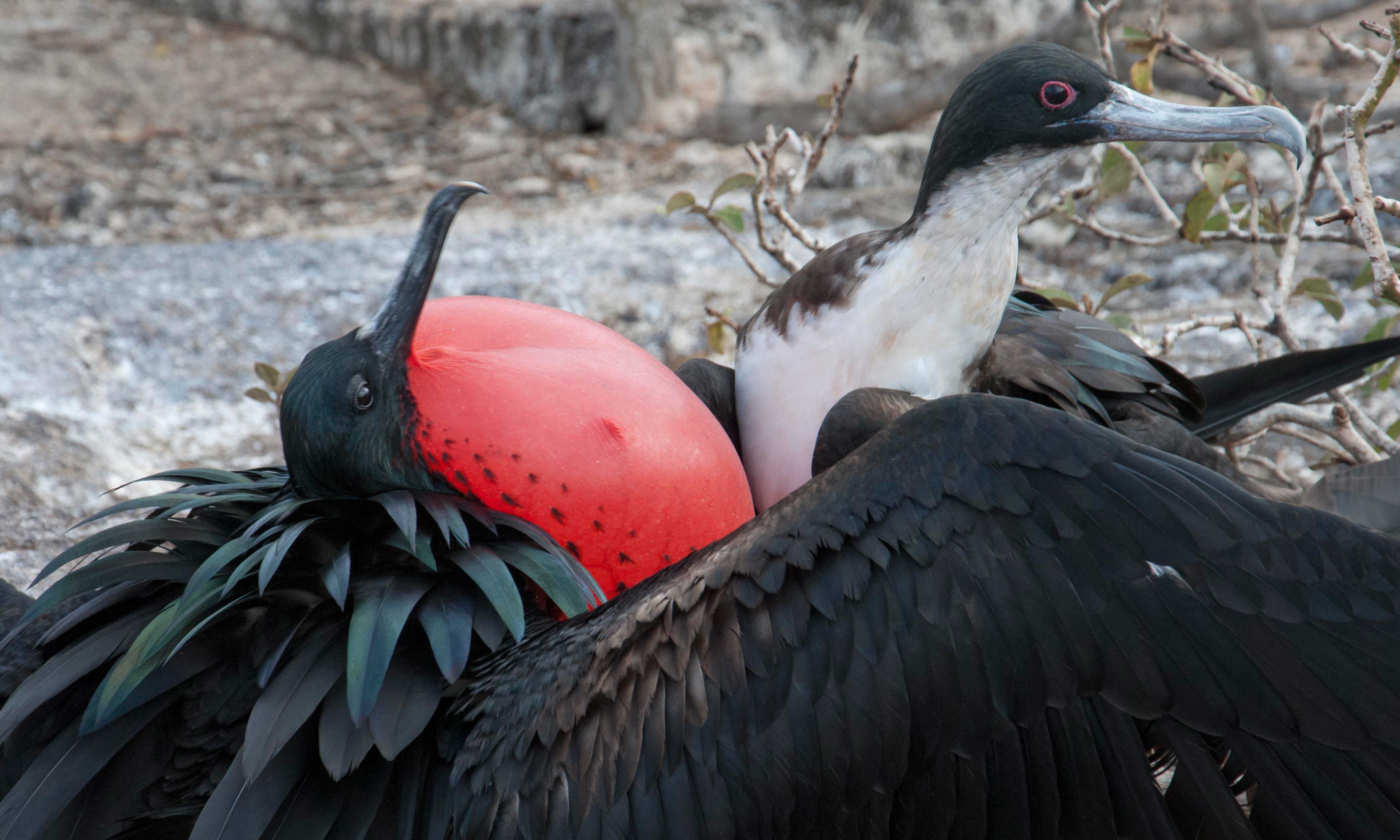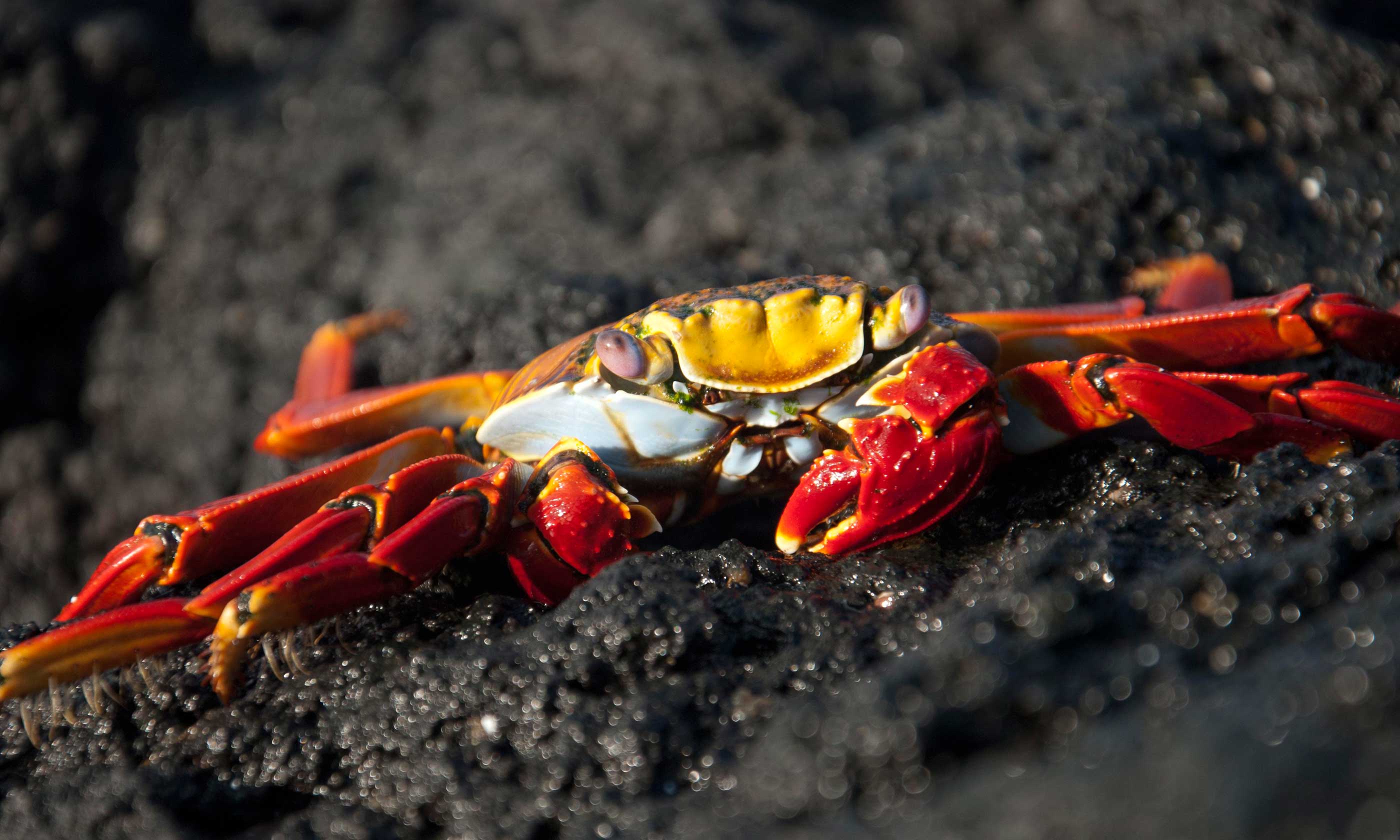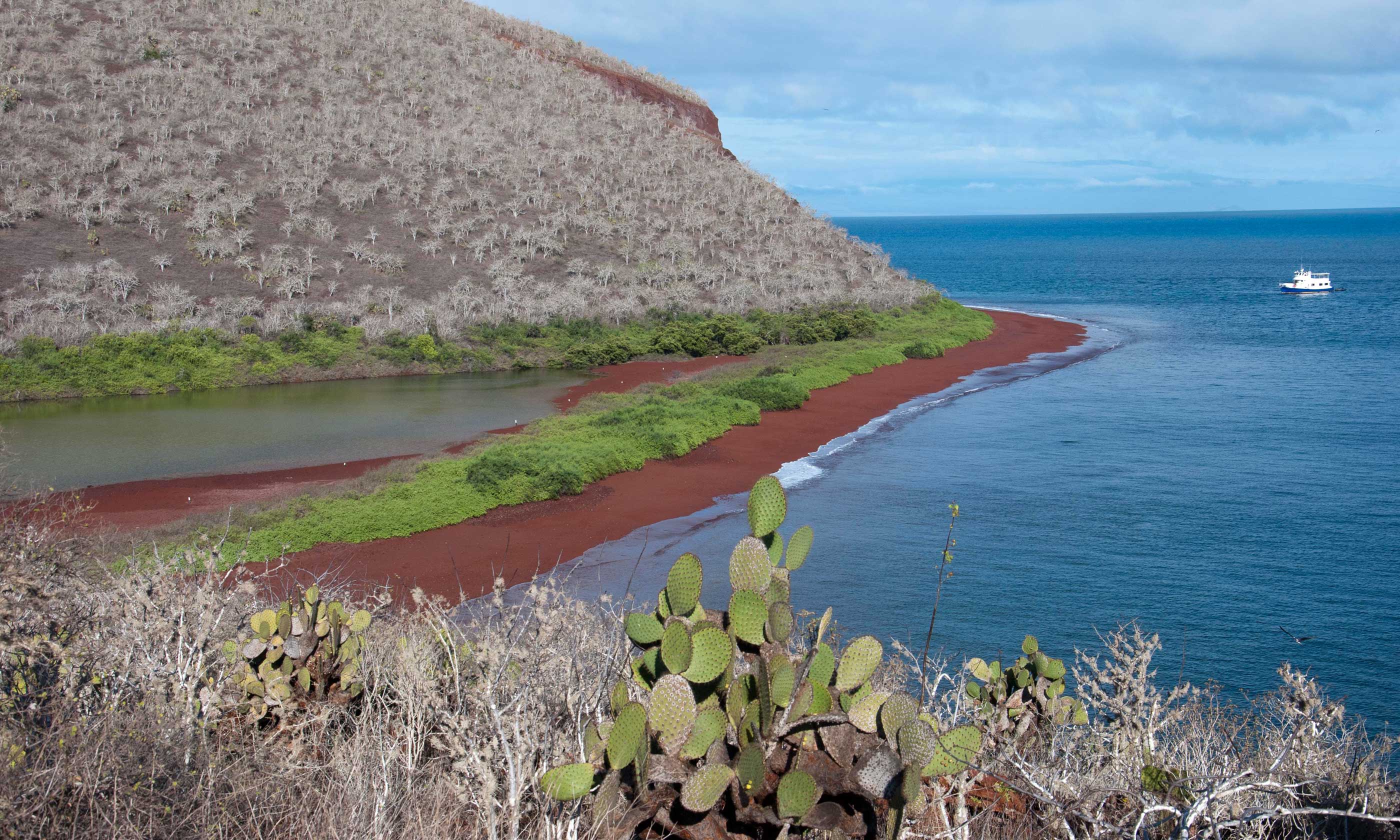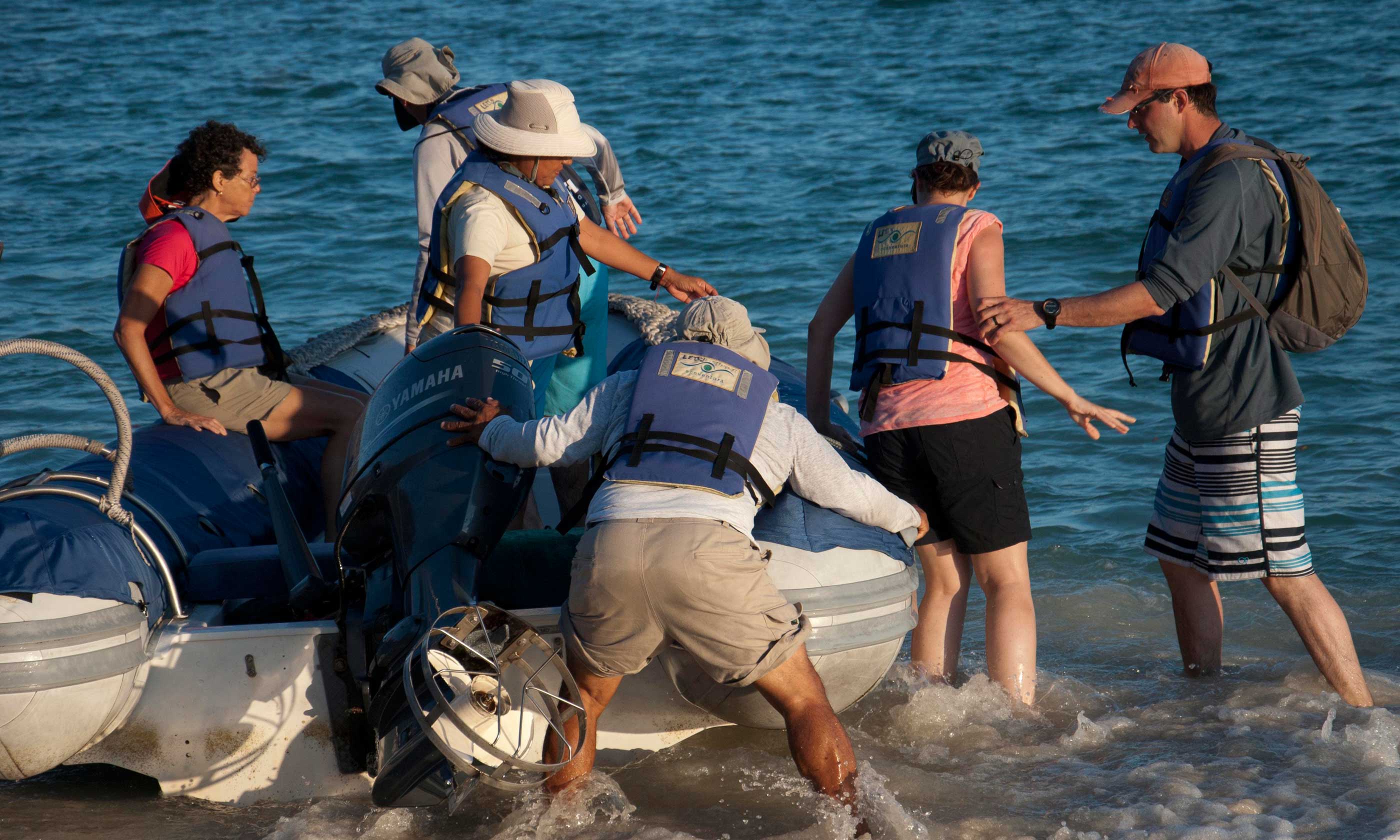
A trip to the Galápagos Islands is a trip of a lifetime for many people. Wanderlust's Simon Chubb shares his top tips from a recent trip
Chances are that the ship you're staying on will be air conditioned. Take a cold camera and lens out into the moist tropical atmosphere and it will get misted up. In the best case, it'll just be on the front of the lens but you might also end up with condensation between the lens and the camera body or even inside the lens itself between the elements.
To get around this, either leave the camera in a less air conditioned part of the ship or leave plenty of time for the camera to warm up and the condensation to disperse before you need/want to take photos. Taking the camera out of your daysack or carry case will help it warm up quicker. Keeping a clean, lint-free cloth handy to wipe away any moisture is also a good idea but that won't help in the case of internal condensation. Compact cameras will suffer from condensation just as much as DSLRs, but without the benefit of being able to separate lens and body to help let any internal moisture dry out.
I certainly missed one great opportunity after not giving the camera enough opportunity to warm up after a night in my air conditioned cabin. Result: missed golden, early morning light on sunbathing marine iguanas.

A lot of the wildlife is low down: think marine iguanas, sally light-foot crabs, sea lions, nesting boobies and giant tortoises. Don't just stand there taking photos looking down – get down on the ground and take low-level shots. The photos will be more compelling, give a better impression of the animal and you'll probably get eye-light (glints of light from the eyes) which will bring the animal to life.
You can also get some great shots and unusual angles by putting the camera on the ground with a wide angle. The great thing about digital cameras is you can immediately see your results and adjust and retake if you've accidentally cut that iguana's head off.
If you're a bit less mobile, find a suitable rock to sit on and a helpful group member to help you back up. Alternatively, the dreaded selfie-stick is a way to get the camera down low without having to bend down if you find it difficult.
If you're taking a DSLR, make sure you have a decent general-purpose lens that's good for both close and mid-range shots. I took an 18-105mm lens that was great for both lying on the ground taking shots of marine iguanas at close range and catching frigate birds in mid-air.
Taking a telephoto lens is a good idea but you don't need to go overboard either as the wildlife gets pretty close! No 800mm lenses required.
The key point here is: photo opportunities are everywhere, don't miss that fantastic shot because you keep having to change lenses.

It's very easy to get carried away with close-ups. Nazca boobies have amazing yellow eyes that contrasts with their white and black heads; Frigate birds have their red wattles. By all means, take these photos – they make for stunning images and will impress your friends back at home. They're also really easy to take as you literally have to step over some of the wildlife on the Galápagos.
However, don't forget to give a sense of place. It's the isolation of these islands that has created the unique wildlife. The landscape is rugged and volcanic. You can contrast the blue seas, red sand beaches and lush green vegetation in one shot. You can photography clouds of storm petrels on the wing.
A lot of the boats that ply the circuit around the Galapágos Islands offer snorkelling opportunities. If the opportunities come along, then definitely take them as the chance to swim with turtles (be sure not to get too close), to see marine iguanas feeding on algae on the rocks under water, numerous colourful fish, sinuous sea lions, or even flightless cormorants and penguins is not to be missed.
However, you probably don't want to risk your expensive DSLR – yes you can get waterproof housings for most models, but if you drop it you might never see it again. Better is to take a relatively in-expensive compact camera – many of which will be waterproof down to 10m (or 30 feet). Make sure you use the wrist strap.
A waterproof housing is also available for Go Pro cameras and there are multiple 'bobber' or floating handle accessories that mean that the camera will float to the surface should you drop it.

Some of the landings that you do will be 'wet' landings – i.e. coming in to beaches and having to hop out of the panga (inflatable) into the water. Some of these can be a little rougher with unpredictable waves, and on my trip someone lost their footing and sat down in the shallows.
The absolute last thing you want to happen on a once-in-a-lifetime trip is to kill off your camera. A cheap roll-down waterproof dry-bag will save your camera from any accidental splashes or dunkings.